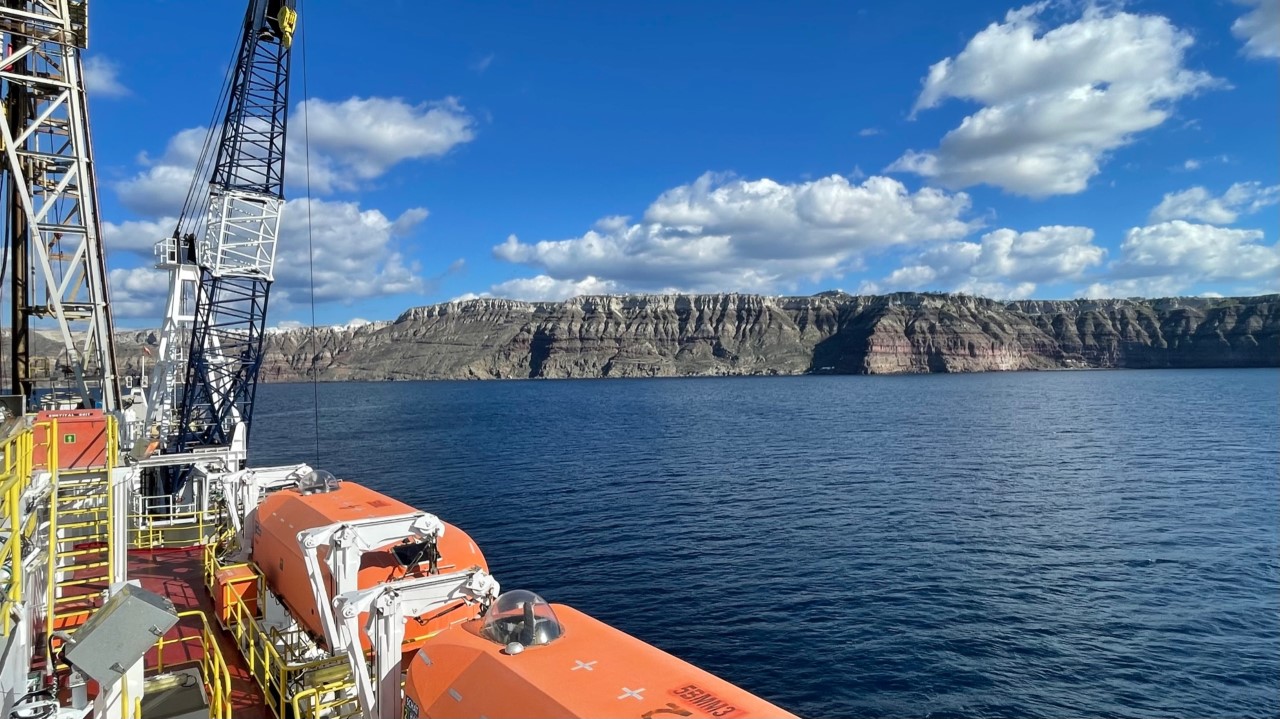Programme of Events
The Black Country Geological Society’s indoor meetings are now held at The Lamp Tavern. The room is on the top floor and there is a lift. The address of The Lamp Tavern is 16 High Street, Dudley, DY1 1QT.
Unless otherwise stated, the indoor and Zoom meetings will normally open at 7.30 and lectures commence at 8.00.
Those wishing to attend field or geoconservation meetings please contact our Field Secretary (email address on the Contacts page).
Any non-members wishing to attend our virtual meetings should contact our Meetings Secretary for instructions (email address on the Contacts page).
Other contact details are also available on our Contact us page.
Updated 8 August 2025.
Members please check your email for any last minute changes.
Recordings of some of our virtual talks can be found on our YouTube channel.
Events in October–November 2025
| MonMonday | TueTuesday | WedWednesday | ThuThursday | FriFriday | SatSaturday | SunSunday |
|---|---|---|---|---|---|---|
29 September
|
30 September
|
October1 October |
2 October
|
3 October
|
4 October
|
5 October
|
6 October
|
7 October
|
8 October
|
9 October
|
10 October
|
11 October
|
12 October
|
13 October
|
14 October
|
15 October
|
16 October
|
17 October
|
18 October
|
19 October(1 event) 50th Anniversary Part 2: Permo-Triassic and the Ice Age in the Black Country Sunday 19 October (Field Meeting): 50th Anniversary Part 2: Permo-Triassic and the Ice Age in the Black Country. Led by Graham Worton and Andy Harrison. Meet on Darby's Hill Road at 9.45 for a 10.00 start. Park opposite Oakham Primary School in the lay-by on the Birmingham side of the hill (GR SO966892, postcode B69 1SQ). We start at Darby's Hill viewpoint. Then we move down to St Brades Close and the Blue Rock Quarry / Portway Hill site. From there we take in a site new to most people (Barnford Hill park) and the Pudding Rock. Then we head over to Wordsley Ridge / Brierley Hill Road to look at the red sandstone and pebble bed exposures there. Finish in Old Wharf Lane Stourbridge, where we can see a huge new exposure in the red sandstones and the terrace of the River Stour. Bring a packed lunch, wear walking shoes and appropriate outdoor clothing. Click here for a Google map for lay-by on Darby's Hill Road. |
20 October(1 event) What Lies Beneath? Discoveries from Deep-Sea Drilling at Santorini Volcano (IODP Expedition 398) Monday 20 October (Indoor Meeting): 'What Lies Beneath? Discoveries from Deep-Sea Drilling at Santorini Volcano (IODP Expedition 398).' Speaker: Ralf Gertisser, Volcanologist / Igneous Petrologist, Keele University. Since the 1960s, much of our understanding of the Earth's ocean floor has come from systematic scientific ocean drilling, carried out through long-standing international initiatives - most recently the International Ocean Discovery Program (IODP) - using iconic research vessels such as the Glomar Challenger and, more recently, the JOIDES Resolution. This presentation will focus on IODP Expedition 398, offering an inside look at the shipboard scientific operations aboard the JOIDES Resolution and sharing key findings that shed new light on the fiery geological history of Santorini and its neighbouring volcanoes. Biographical details Ralf grew up in a small town in SW Germany at the edge of the Black Forest, and studied geology close to home at the University of Freiburg. This was followed by a PhD (awarded in 2001) at the University of Freiburg on Merapi volcano, one of the most active volcanoes in Indonesia. He moved to the UK to take up a postdoctoral research fellow position at the Open University in Milton Keynes, working on the 1815 eruption of Tambora volcano, and Ralf delivered a talk on this subject to BCGS in September 2015. During this time, During this time he also spent a couple of months at the University of the Azores in Ponta Delgada working on the volcanic stratigraphy of Terceira as well as on Furnas volcano on Sao Miguel. Talk Abstract Since the 1960s, much of our understanding of the Earth's ocean floor has come from systematic scientific ocean drilling, carried out through long-standing international initiatives—most recently the International Ocean Discovery Program (IODP)—using iconic research vessels such as the Glomar Challenger and, more recently, the JOIDES Resolution. |
21 October
|
22 October
|
23 October
|
24 October
|
25 October
|
26 October
|
27 October
|
28 October
|
29 October
|
30 October
|
31 October
|
November1 November |
2 November
|
3 November
|
4 November
|
5 November
|
6 November
|
7 November
|
8 November
|
9 November
|
10 November
|
11 November
|
12 November
|
13 November
|
14 November
|
15 November
|
16 November
|
17 November(1 event) Medicine and Geology - an exploration Monday 17 November (Indoor Meeting): 'Medicine and Geology - an exploration’. Speaker: Albert Benghiat. Albert trained in medicine at Trinity College Cambridge and the Middlesex Hospital London. After a series of junior doctor training posts around the country he became Consultant Oncologist at Derby and subsequently Leicester. In retirement he studied geology at Leicester University and for a time was Associate Lecturer in Geology at the University of Derby until his recent move to Shropshire. |
18 November
|
19 November
|
20 November
|
21 November
|
22 November
|
23 November
|
24 November
|
25 November
|
26 November
|
27 November
|
28 November
|
29 November
|
30 November
|
December1 December |
2 December
|
3 December
|
4 December
|
5 December
|
6 December
|
7 December
|

